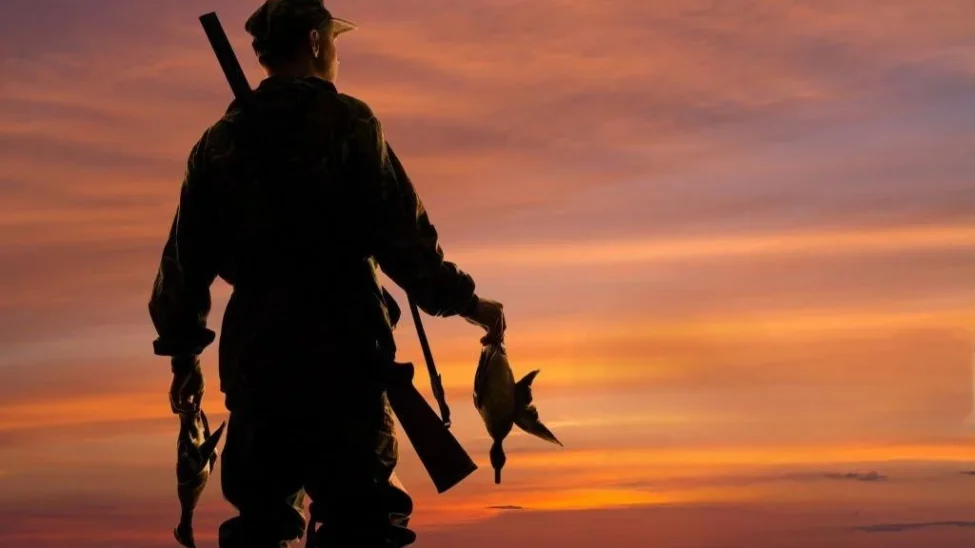
Infrared thermal imaging scopes? How many do you know in hunting?
About Infrared Thermal Imaging Scopes,The Evolution of Hunting and Its Cultural Significance

We all dream of the thrill of hunting and outdoor adventure.Who wouldn’t want to take a break,grab a rifle,and with hunting dogs,traverse through forests and canyons to experience the excitement of the hunt?
Early in human history,gathering and hunting were essential ways of life,and they have evolved into unique cultural systems around the world.Hunting not only provides sustenance but also connects individuals with nature,fostering a deep respect for wildlife and the environment.The practice of hunting has transformed over millennia,adapting to the changing needs,regulations,and technologies of society.This evolution reflects the ongoing relationship between humans and nature,emphasizing the importance of sustainable practices and ethical considerations in modern hunting.
Technological Advancements in Modern Hunting
With technological advancements and the proliferation of firearms,hunting methods have diversified immensely.Compound bows and rifles have become mainstream,and the application of infrared thermal imaging scopes in modern hunting has changed the dynamics between hunters and prey dramatically.This technology,once exclusive to the military,has become widespread in civilian use as human civilization progresses.The integration of such technology allows hunters to extend their capabilities,especially in low-light situations where visibility is limited.As a result,infrared scopes have not only improved hunting success rates but have also changed the way we approach wildlife observation and tracking,making it a more efficient and humane practice.
Enhancing Hunting Strategies with Thermal Imaging
Incorporating thermal imaging scopes can significantly enhance your hunting strategies.These devices allow hunters to detect heat signatures from animals,making it easier to locate them even in dense brush or complete darkness.This revolutionary tool not only aids in identifying targets but also helps in assessing the surrounding environment.For instance,a hunter can distinguish between different species or determine the health of an animal from a distance,which is crucial for ethical hunting practices.Moreover,thermal scopes can be paired with other technologies,such as GPS and mapping apps,to create a comprehensive hunting experience that maximizes both efficiency and safety.

The Impact of Thermal Imaging on Night Hunting
This technology greatly enhances hunting efficiency,especially at night when many prey are most relaxed.It quickly helps hunters observe,detect,and lock onto targets,leaving them nowhere to hide.The ability to see in complete darkness transforms the hunting landscape,allowing for more strategic approaches to hunting.Similarly,it aids hunters and explorers in detecting potential dangers at night,increasing safety during nocturnal activities.This capability is particularly beneficial in unfamiliar terrains where visibility is low,offering hunters peace of mind and the ability to navigate safely through challenging conditions.
Case Study:Traditional Hunting Meets Modern Technology in Australia
In Australia,hunting has been a long-standing sport that encompasses both tradition and modernity.The vast and sparsely populated land has fostered a culture that values nature,challenges oneself,and seeks the thrill of the unknown.Australia’s protected environment and conservation-minded people have led to a proliferation of wildlife,causing significant damage to local agriculture and necessitating selective culling to maintain ecological balance.This balance is crucial for preserving the integrity of ecosystems and ensuring sustainable wildlife populations.Programs and regulations are in place to manage hunting seasons and species limits,promoting responsible hunting that benefits both the environment and local communities.
In Australia,there is an old hunter who has always hunted traditionally.Under the guidance of a young hunter,he excitedly adopted an infrared thermal rifle for assistance.It was as if he had discovered a new world.This transformation in hunting style illustrates the generational shifts in hunting practices,where traditional methods blend with cutting-edge technology to enhance the experience.The old hunter’s journey highlights the importance of learning and adapting to new tools that can make hunting more enjoyable and effective.As he learns to use the thermal scope,he gains not only newfound skills but also a deeper appreciation for the technology that bridges the gap between past and present hunting traditions.
The Role of Thermal Imaging in Polish Hunting Culture
In northeastern Central Europe,Poland has steep terrain and vast,dense forests.The climate is pleasant,and hunting is one of the outdoor activities that a tenth of the population engages in.Hunting is a long-standing traditional custom in Poland,with a dedicated hunting association responsible for permit reviews and supervision.Each year,the national forest service releases breeding plans to adjust animal populations,and hunters are obliged to meet the state’s specified quotas during the hunting season or face penalties.This structured approach to hunting reflects a commitment to conservation and sustainable wildlife management,ensuring that future generations can enjoy this tradition.The collaboration between hunters,conservationists,and government bodies creates a framework that supports both wildlife health and hunting culture.
During the hunting season,people commonly use thermal rifle scopes that cover both day and night needs,paired with portable smartphone thermal imagers for easier prey search and quota fulfillment.Participants initially distrusted the effectiveness and reliability of these devices but were surprised to find that the actual performance was unexpectedly good.This changed the difficulty of hunting and gradually made them a necessity.As more hunters share their experiences,positive feedback has led to a growing acceptance of thermal technology in hunting circles.Social media platforms and hunting forums are abuzz with discussions about the benefits of these tools,showcasing successful hunts and sharing tips on how to maximize their use.This communal knowledge exchange fosters an environment where innovation and tradition coexist,enriching the hunting experience for all.
The Future of Hunting:Ethical Considerations and Technological Integration
The transition from skepticism to a hunting necessity demonstrates the effectiveness and reliability of these devices,bringing significant advantages and revolutionary changes to hunting activities.As hunters continue to adapt and grow with technology,the landscape of hunting will undoubtedly evolve further.This not only enhances the experience for enthusiasts but also encourages responsible hunting practices that respect wildlife and promote conservation.Learning to use new tools responsibly can lead to more informed decisions in the field and a deeper understanding of one’s impact on the environment.Hunters who embrace these advancements are not just improving their success rates;they are also becoming advocates for sustainability and ethical hunting practices.
As the hunting community continues to evolve,discussions about ethics,technology,and the future of hunting are more important than ever.Hunters must engage in conversations about wildlife conservation,habitat preservation,and the impact of technology on traditional practices.Educating new hunters about responsible practices and the significance of maintaining ecological balance is crucial for the future of the sport.Moreover,sharing knowledge about the benefits and limitations of using thermal imaging can help ensure that technology enhances rather than detracts from the hunting experience.This ongoing dialogue will shape the future of hunting,ensuring it remains a sustainable and respected practice for generations to come.
Navigating Regulations and Embracing a Sustainable Hunting Culture
In addition,as regulations surrounding hunting with thermal imaging scopes become more defined,it will be important for hunters to stay informed and compliant.Laws may vary significantly by region,with some areas allowing the use of such devices while others may impose restrictions.Understanding these regulations not only protects hunters from legal issues but also supports broader conservation efforts by ensuring that hunting practices align with wildlife management goals.Engaging with local wildlife agencies and participating in community discussions can further foster a sense of responsibility and connection to the land,reinforcing the idea that every hunter plays a role in preserving the natural world.
Ultimately,as hunters embrace the dual roles of tradition and innovation,they can contribute to a future where hunting is not only a sport but also a means of fostering ecological balance and appreciation for nature.By combining traditional practices with modern technology,hunters can navigate the complexities of contemporary wildlife management while honoring the cultural significance of hunting.This synthesis of old and new will create a richer,more informed hunting culture that respects the land,its inhabitants,and the thrill of the chase.



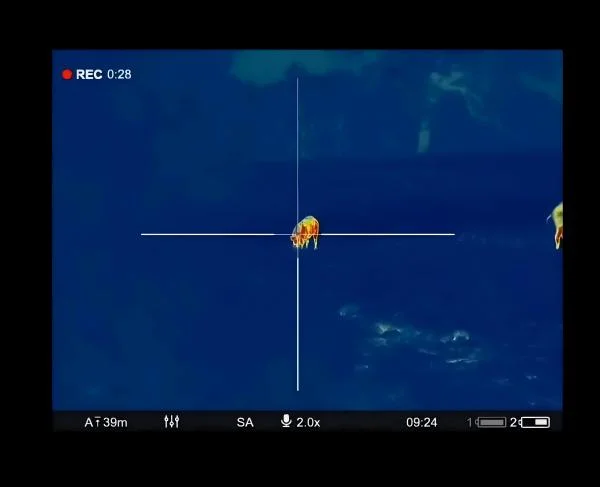
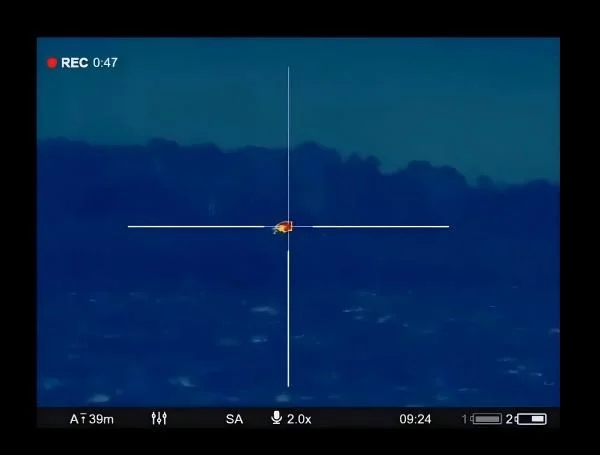

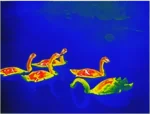

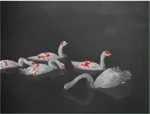
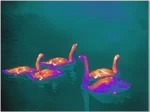
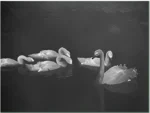


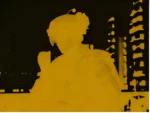
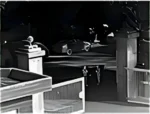
http://terios2.ru/forums/index.php?autocom=gallery&req=si&img=4546